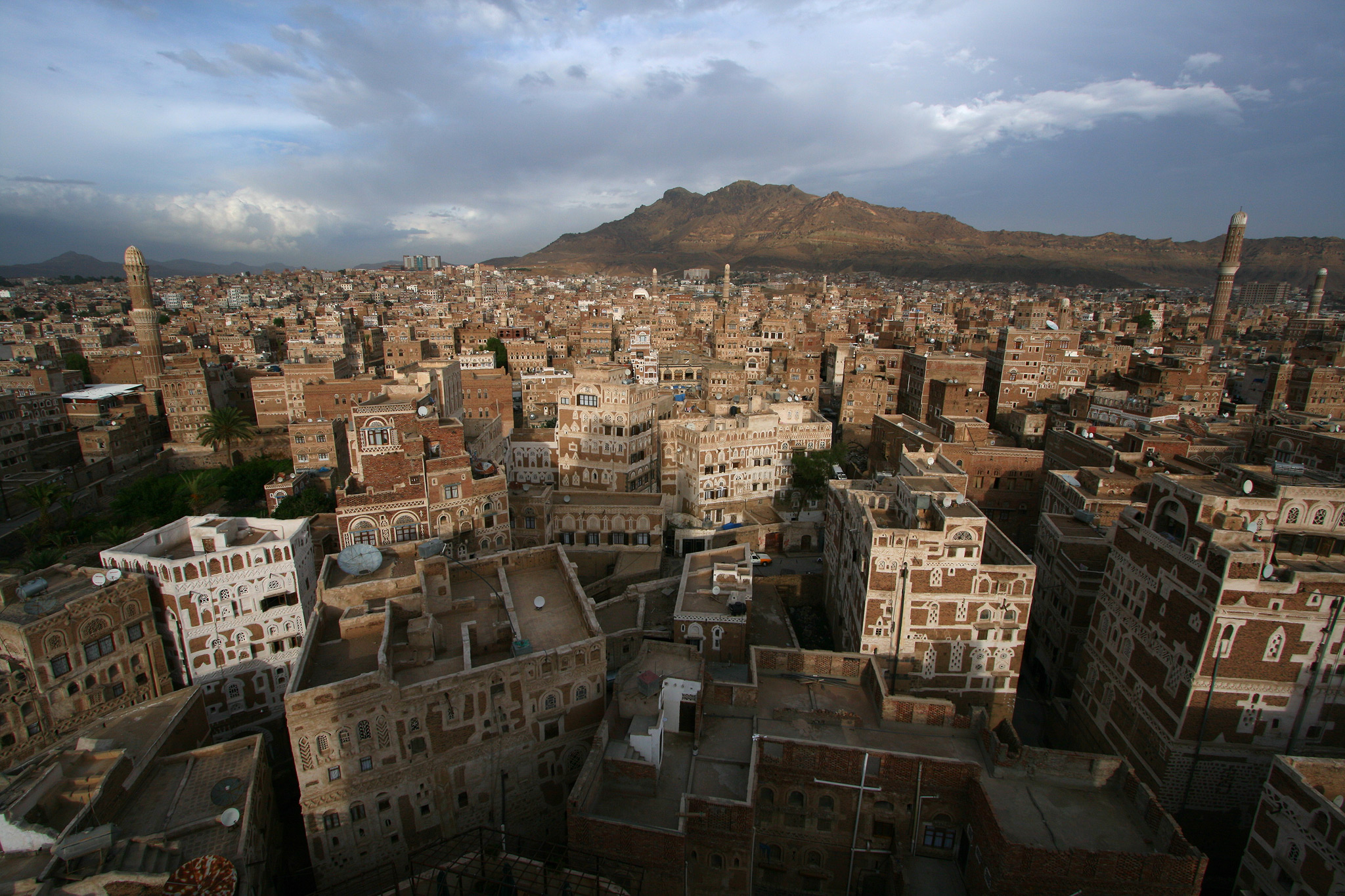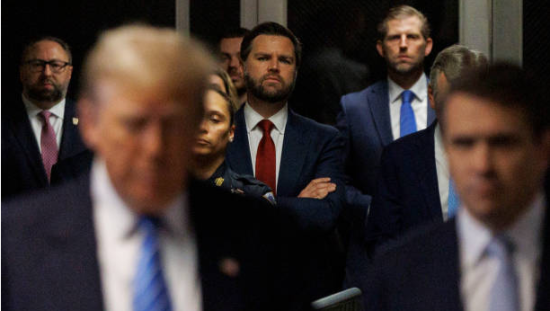The prominent theme of the Yemeni Civil War has unfortunately been extreme famine. It is another example of a poor, vulnerable population caught in the middle of a deadly clash. In fact, Yemen is the poorest country in the Middle East, with a per capita GDP of just $1,300, according to 2017 estimates. Syria’s GDP per capita, by comparison, is over double that. Three years into the war, most news coming out of Yemen is about this widespread hunger. According to the United Nations, 22.2 million people are in need of humanitarian aid, including food and medicine. Of that 22.2 million, 8.4 million people are at severe risk of starvation. Save the Children, a UK-based non-profit, reports that close to “35,000 malnourished children could…die in Yemen where obstructions to deliveries of food and medicine by all sides…have pushed the country to the brink of famine.”
Reporters describe a Yemen in which civilians are “cooking leaves” to survive, scrambling for any form of food to sustain them. Global news coverage of the brutal war often features a photo of a malnourished child, ribs visible beneath paper-thin skin. Civilian access to food and medical supplies has been devastated by the breakdown of infrastructure during this power struggle. Currently, pro-government forces are trying to cut off rebel access to the crucial seaport at Hodeidah, which, in the past, provided 70% of the country’s imports of humanitarian aid, food, and fuel to surrounding civilians.
The two primary belligerents of the civil war are the Yemeni government and the “Houthis,” a rebel group that managed to capture Yemen’s capital, Sanaa, in 2015. The Houthis are followers of the late Hussein Badreddin al-Houthi, a Zaidi religious leader in northern Yemen who disagreed with the government’s effort to “please the United States.” The conflict began as a small-scale protest in the summer of 2004, but quickly escalated when hundreds of al-Houthi’s followers were arrested and killed. For the next decade, the Houthis periodically fought with the government; small amounts of fighting alternated with standstills. They found success whenever the government misstepped. Each time the government tried to alienate the Houthis politically, the public gave the Houthis more support. According to the West Point Combating Counterterrorism Center, beginning in 2005, “the numbers of Houthi movement fighters swelled in response to government errors” such as these.
Finally, in 2014, Houthi insurgents found an opportunity to take large-scale territory from the government. After the government decided to end its fuel subsidy program in an agreement with the International Monetary Fund (IMF), public support for President Hadi dropped dramatically. According to The Guardian, “The [Yemeni] government’s decision to slash fuel subsidies [had] caused discontent, with protests…calling for the cuts to be reversed and the government to be dissolved.” The Houthis were major participants in these protests, calling for a more technocratic government, and pledging to continue protesting until the changes were made. Al Jazeera wrote in 2014 that “although many Yemenis are concerned about the Houthis’ precipitous rise…they also broadly agree with al-Houthi’s criticisms of the…government and back [al-Houthi’s] demands.” This small amount of public support gave the Houthis what they needed to move inward, creating larger protests and putting more pressure on the government.
The conflict became a full blown civil war when Houthi rebels took the capital, Sanaa, and ousted the government in power. In February 2015, the Houthis shut down parliament and forced the resignation of President Hadi, who went into exile in Saudi Arabia. Dr. Theodore Karasik, Senior Advisor to Gulf State Analytics, wrote at the time that “the fall of Sanaa will [be] as significant as the rush of ISIS into Iraq.” It’s significant that President Hadi took refuge in Saudi Arabia, as the Saudis would later lead the fight against the Houthis.
The Houthis eventually made their way to Aden, a southern port city in Yemen, effectively taking control of the entire western third of the country. In late March 2015, in support of the Hadi government, Saudi Arabia and a coalition of neighboring countries began launching airstrikes against the Houthis in an effort to stop their territorial gains. Since starting the campaign, the pro-Hadi coalition has targeted local infrastructure in particular. The U.S., a longtime ally of Saudi Arabia, was initially supportive of the coalition’s mission. At the time, U.S. National Security Council spokeswoman Bernadette Meehan said in a statement that the “United States strongly condemns ongoing military actions taken by the Houthis against the elected government of Yemen,” and that the Houthis should “halt immediately their destabilizing military actions and return to negotiations.” However, what has since occured in Yemen is airstrike after airstrike, with little progress being made. This has caused the U.S. to become more cautious about publicly supporting the coalition, calling recently for a ceasefire in Yemen.
What began as a hopeful campaign to reinstall President Hadi quickly became an internationally criticized operation. In May 2015, the Saudis declared the entire Yemeni province of Saada a military target, prompting thousands of civilians to flee due to the possibility of airstrikes. One month later, Human Rights Watch declared the Saudi airstrikes “unlawful,” saying that the strikes damaged or destroyed civilian markets, homes, and a school, without evidence that they were being used for military purposes. In one incident, bombs dropped on civilians killed 27 members of a single family, including 17 children. The Saudi’s militant action in Saada sparked international criticism, which has only grown as the war continues. A UN report from August 2018 accused the governments in the coalition of human rights violations. The report alleges violations of the right to “an adequate standard of living and…health” as well as the use of “arbitrary detention [and] torture.” The apparent indifference for the civilians’ lives has left a sizable population in limbo; millions are in need of assistance. But relief remains out of reach so long as the power struggle continues.
Further harming the Yemeni citizens, an outbreak of cholera began in the country in late 2016. The World Health Organization estimated over 100,000 cases in the first eight months; less than two months later, the number of cases had doubled. In contrast with a country with mass access to clean water, there were only 11 cases of cholera in the United States that same year. The outbreak was a direct result of the critical damage to Yemen’s infrastructure; airstrikes had demolished the Houthi-occupied country’s roads and waterways. In one example from the BBC, “the sewer system [in Sanaa] stopped working on 17 April [2017]. Ten days later, cholera hit.” Cholera is a preventable disease, given that clean water is available. Once clean water ran out in Sanaa, the outbreak was almost immediate.
Compounding the effects of the outbreak, widespread hunger has crippled the population. There are two variables affecting hunger in Yemen: food availability and the capacity to pay for it. According to Jane Ferguson of The New Yorker, “There is sufficient food arriving in ports [in Yemen], but endemic unemployment means that almost two-thirds of the population struggle to buy the food their families need.” The Yemeni currency, the riyal, has lost half its value to the dollar since the start of the war, prompting an enormous spike in price of food. Ferguson continues, “In this way, hunger here is entirely man-made: no drought or blight has caused it.”
The coinciding crises of disease and hunger will worsen as the coalition attempts to take back the city of Hodeidah. Located on Yemen’s western coast, Hodeidah has been a vital port, providing food and medicine to places like Sanaa. After taking back Yemen’s southern port city Aden, the coalition is hoping to stop all imports to Houthi territory. But according to a U.N. Humanitarian Affairs official, “Yemen is almost entirely reliant on imports for food, fuel, and medicines,” meaning that cutting off Hodeidah would render a third of the country without resources. However, Hodeidah is also likely the main entry point for the Houthis’ weapons (including, allegedly, missiles from Iran). Cutting off this port is critical for the Hadi government to win the war. But doing this wouldn’t just block supplies for the rebels; it would block vital resources for the millions of people living under Houthi control. This next stage of the war, the battle to take back Hodeidah, will worsen the humanitarian problems in Yemen that are already so severe. The little medical aid finding its way into western Yemen will drop significantly, allowing many more to be killed by violence or by treatable diseases like cholera. The little food being imported, though expensive, will also dwindle, further starving a population already struggling to eat.
Consistent with the coalition’s strategy, the campaign to retake Hodeidah has featured many airstrikes. An attack on October 24th, 2018 killed 21 civilians at a vegetable market, including two children. Another strike eleven days earlier killed 17, including eight members of a single family. Since the siege began, the cost of feeding a family has doubled, while incomes have halved. As the struggle to take the city continues, it will only become harder to acquire food and medicine.
The Yemeni Civil War has gone by a few other names. The U.N. calls it the “world’s worst humanitarian crisis,” while others call it the “war the world forgot.” Stories from the war paint an image of millions starving, waiting for the day when the Houthis and the Hadi government cease fighting. The Council on Foreign Relations lists the conflict as “worsening,” and with the blockade on Hodeidah, few expect the situation to improve. What’s clear is that the civilians caught in the middle of it need new international actors to step in. The World Health Organization asked in August for a temporary ceasefire in order to vaccinate Yemenis living near Hodeidah. The UN has been trying to negotiate a deal between the Hadi government and the Houthis. If a more influential actor like the United States were to get involved, real progress might be made. The U.S. may be able to pressure Saudi Arabia into considering the lives of Yemeni citizens, calling for less reckless airstrikes or to allow for vaccinations. But until that happens, Yemen will continue to be the war the world forgot.



